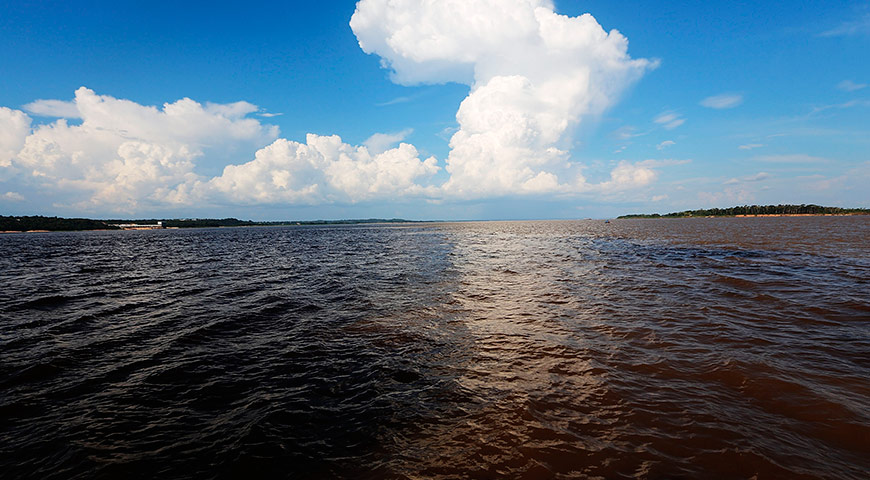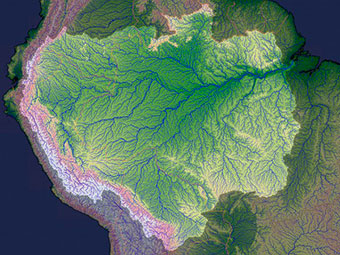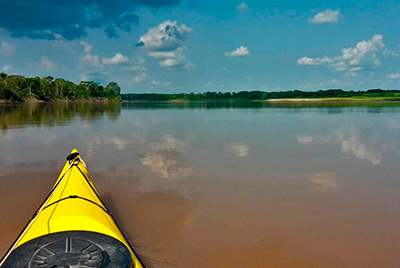

If you’re at all familiar with basic Amazon rainforest info, you’ll know that the mighty Amazon River flows from west to east. Rising in Arequipa, Peru and emptying its contents into the Atlantic Ocean, the river discharges more water than any other waterway in the world.
However, this wasn’t always the case. Originally, this vast river flowed from east to west, pouring water into giant lake that was located at the foot of the northern Andes. From there, the water flowed north to the Caribbean Sea and, as the Isthmus of Panama was yet to form, was swept from there into the Pacific.
 If you’ve ever tried to damn a stream or stop a torrent of rain flowing down the road, you’ll know how hard it is to contain water, let alone change the direction of its flow. And scientists have struggled for many years to find Amazon rainforest info that will explain just why the river flows backwards.
If you’ve ever tried to damn a stream or stop a torrent of rain flowing down the road, you’ll know how hard it is to contain water, let alone change the direction of its flow. And scientists have struggled for many years to find Amazon rainforest info that will explain just why the river flows backwards.
Though the mystery may never be solved conclusively, recent research has shown that the most likely explanation is erosion. The process was sped up as the South American Continental Plate rode over the Nazca Plate, forming the Andes Mountains and causing more rain, and therefore more erosion, in the Amazon Basin.
At first, the rise of the Andes caused lakes to form on the eastern side of the range into which the western-flowing Amazon emptied. However, recently discovered Amazon rainforest info shows that gradually these lakes gained elevation and became a vast wetland with sediment building up in the area over time.Amazon
 Once this wetland had gained enough height, the river was pushed backwards, starting its journey to the east that we see today. Though this scenario doesn’t fully explain the geological information found in the Amazon, it’s the closest explanation we have for the dramatic shift in the flow of the world’s largest river.
Once this wetland had gained enough height, the river was pushed backwards, starting its journey to the east that we see today. Though this scenario doesn’t fully explain the geological information found in the Amazon, it’s the closest explanation we have for the dramatic shift in the flow of the world’s largest river.
It’s thanks to this unique and fascinating history that the Amazon is the place it is today. With its intricate waterways, lakes and wetlands forming the perfect environment for passengers on the Amazon Clipper Fleet to explore.
So if you’re planning a trip to the Amazon soon, just take a few moments to think about the river’s history and about how it once would have carried you all the way from Brazil to the Caribbean Sea.
Leave a Comment